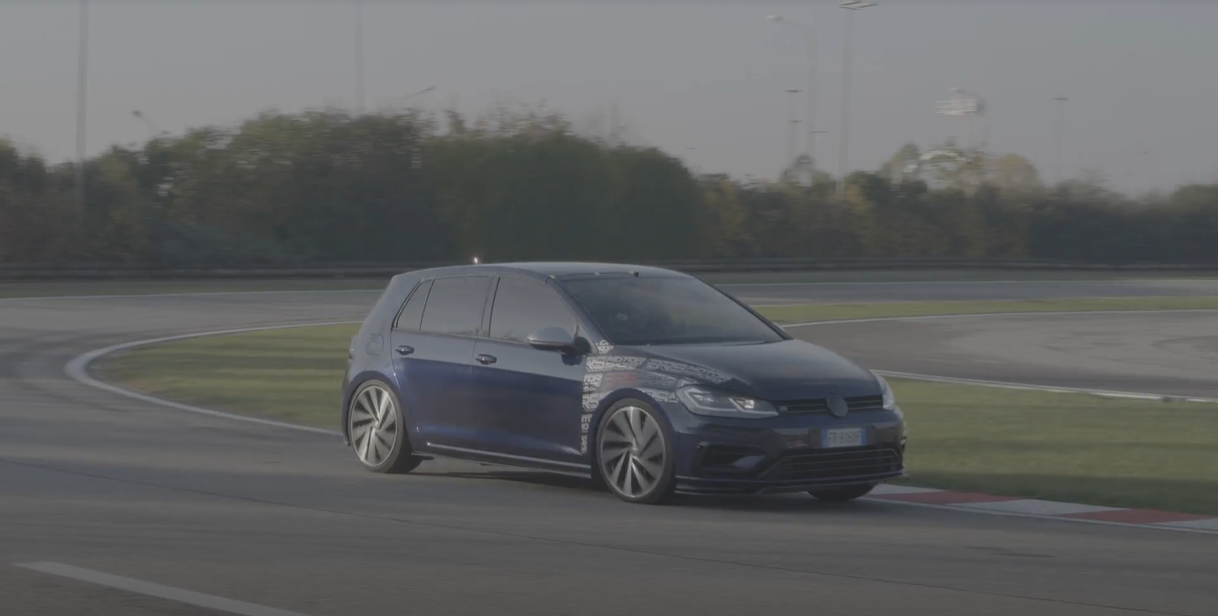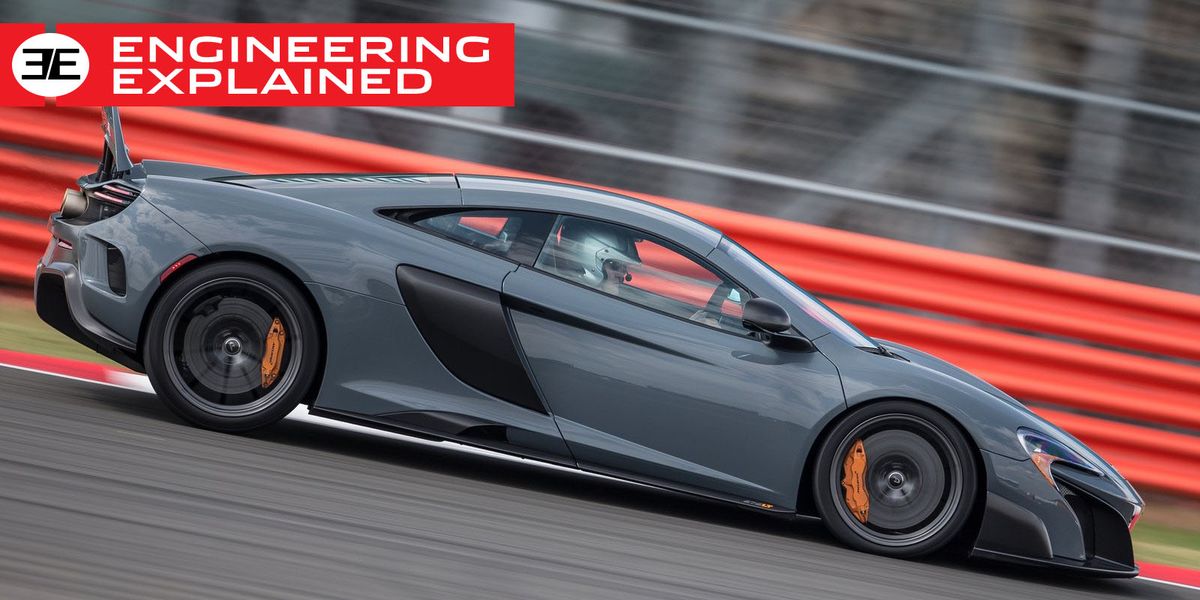Ah, nevermind, once again I did your job for you.
It's from here:
The Brembo UPGRADE brake systems offer innovative technology and unique design for whoever wants to get the maximum out of their car. But what is the real difference between a stock brake system and a Brembo one? A comparative test drive by the website Automoto.it clearly shows this difference.

www.brembo.com
SHOCKER, it's someone trying to sell you a brake upgrade!
But what was actually tested?
The test consisted of two sessions of ten emergency braking episodes each, with ABS, without interruptions. The test then ended with another five rapid braking episodes at a speed of 150 km/h (93 mph).
IOW- they abused the hell out of the brakes far more than you'd do in highway/street driving.
And what were the results?
After the first session with 10 braking episodes, starting at a speed of 115 km/h (71 mph), the Golf stock brake system took, on average, 47.65 m (52.1 yards) to stop the car. The Brembo Upgrade range system, on the other hand, needed 46.72 m (51 yards) to stop the car.
So even after 10 highway speed stops over and over, the "upgraded" brakes only stopped on average 1.1 yards shorter.
Note they don't give you breakdown of distance per run. They only give you results after testing 10 stops in a row without cooling, then after a second batch of 10, then after 5 more from even higher speed.
Why?
Because they know it'd show
identical distances the first couple times. Only averaged over 10 repeated no cooldowns did they find the stock brakes took LONGER the 10th time than the first.
The upgraded ones never got any shorter than the stock ones did the first time though. They can't, because
the brakes don't stop the car- the tires do
I know you're allergic to facts, but this may be the dumbest of the many hills you've picked to die on.
Go look up the physics formula for braking distance.
It asks about the coefficient of friction between the tire and the road.
It does NOT ask about your brakes. At all.
Because the brakes don't stop the car- the tires do.




